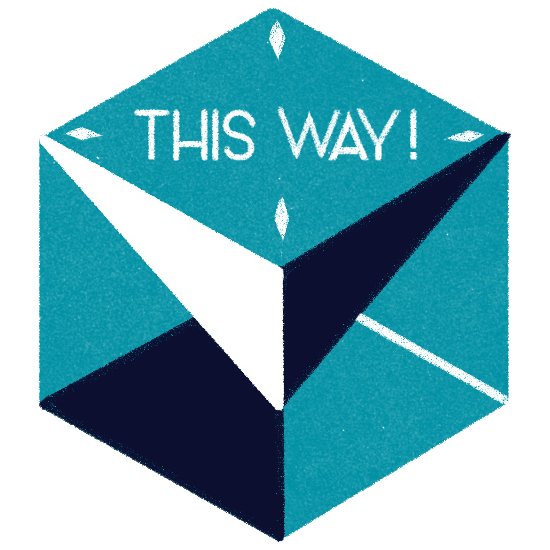Explorers of icy lands — ❄️
For the first edition of the game, we developed a first version of the single-player mode, which consisted of a race against the clock to reach a certain number of objectives…
And to be honest, we weren’t really satisfied with this mode, which didn’t reflect the mechanics at work in I·C·E. Not being single-player specialists ourselves, we called in a new game designer…
At the beginning of October 2023, we contacted Mauro Gibertoni, on the recommendation of David Turczi. Mauro was really responsive, and from the very first exchanges we felt that we were going to take this single-player mode to another level. I’ll let him take the floor here for an author’s notebook:
MAURO’S TAKE ON THE I·C·E: DESIGN DIARY 📖
« Although I·C·E can be considered a light-medium weight game, the development of the Automa presented several difficulties. The main one concerned the movement of the Expedition Leader. In I·C·E we have a main board where each player can move in three dimensions in search of Artifacts in the deepest levels, but also superficial with Snow tiles that grant very useful effects. A further layer of complexity is given by the presence of archaeologists and camps. »
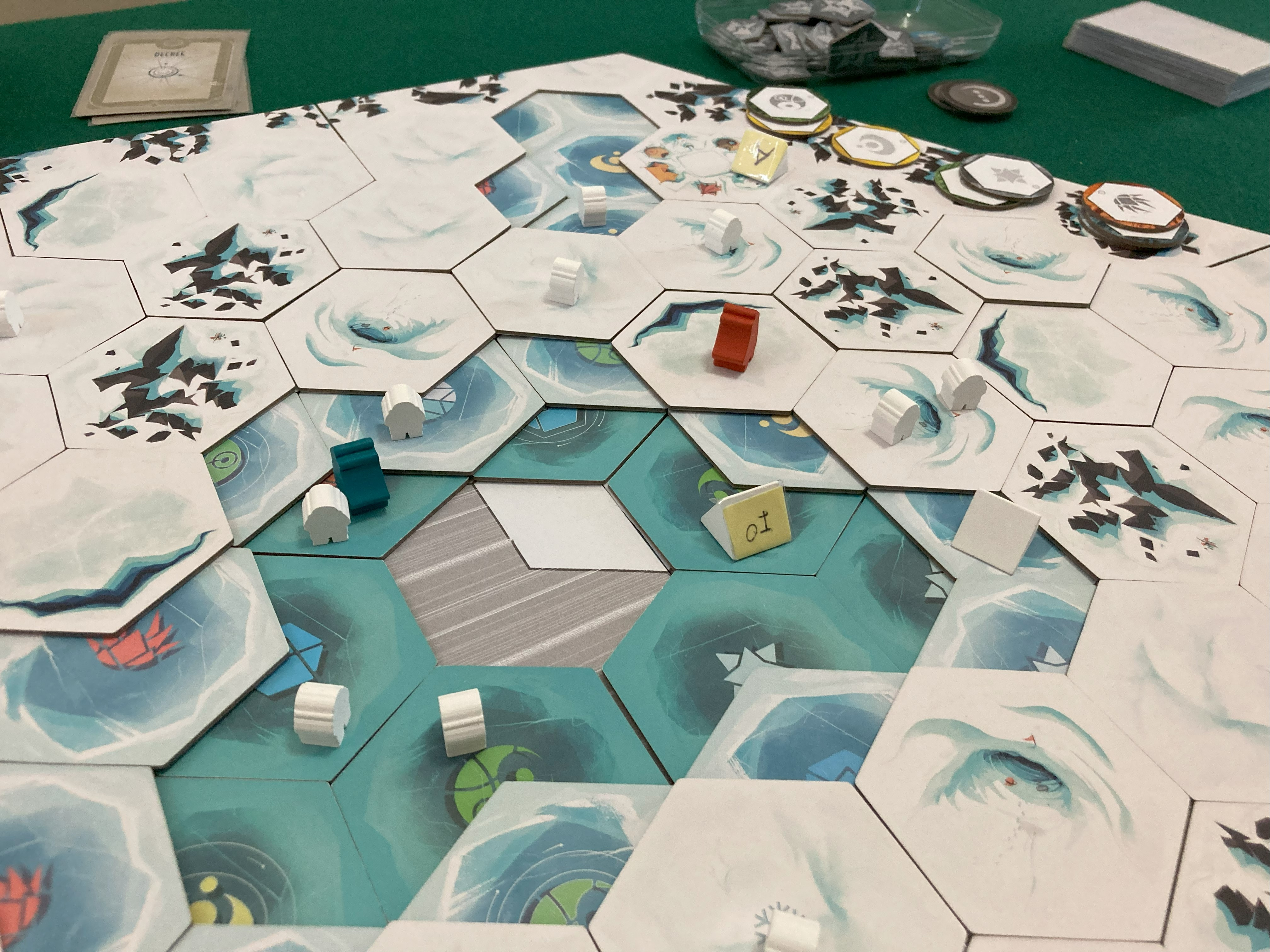
« The first phase of development was the creation of a movement mechanism, that was effective and simple to manage. It took several attempts before finding the final solution: initially the Automa’s leader could get stuck in dead areas of the board, or he tended to distribute the archaeologists along the outer edges of the board after exploiting them. This highlighted a certain repetitiveness in the behavior of the Automa.
Finally I chose to apply an algorithm where the leader’s movement depends on the elements found in his hexagon tile and in the surrounding ones. The direction of the leader’s movement is based on the verification of a series of conditions, which are summarized on a player aid, but after a couple of games you will have no difficulty remembering them. »
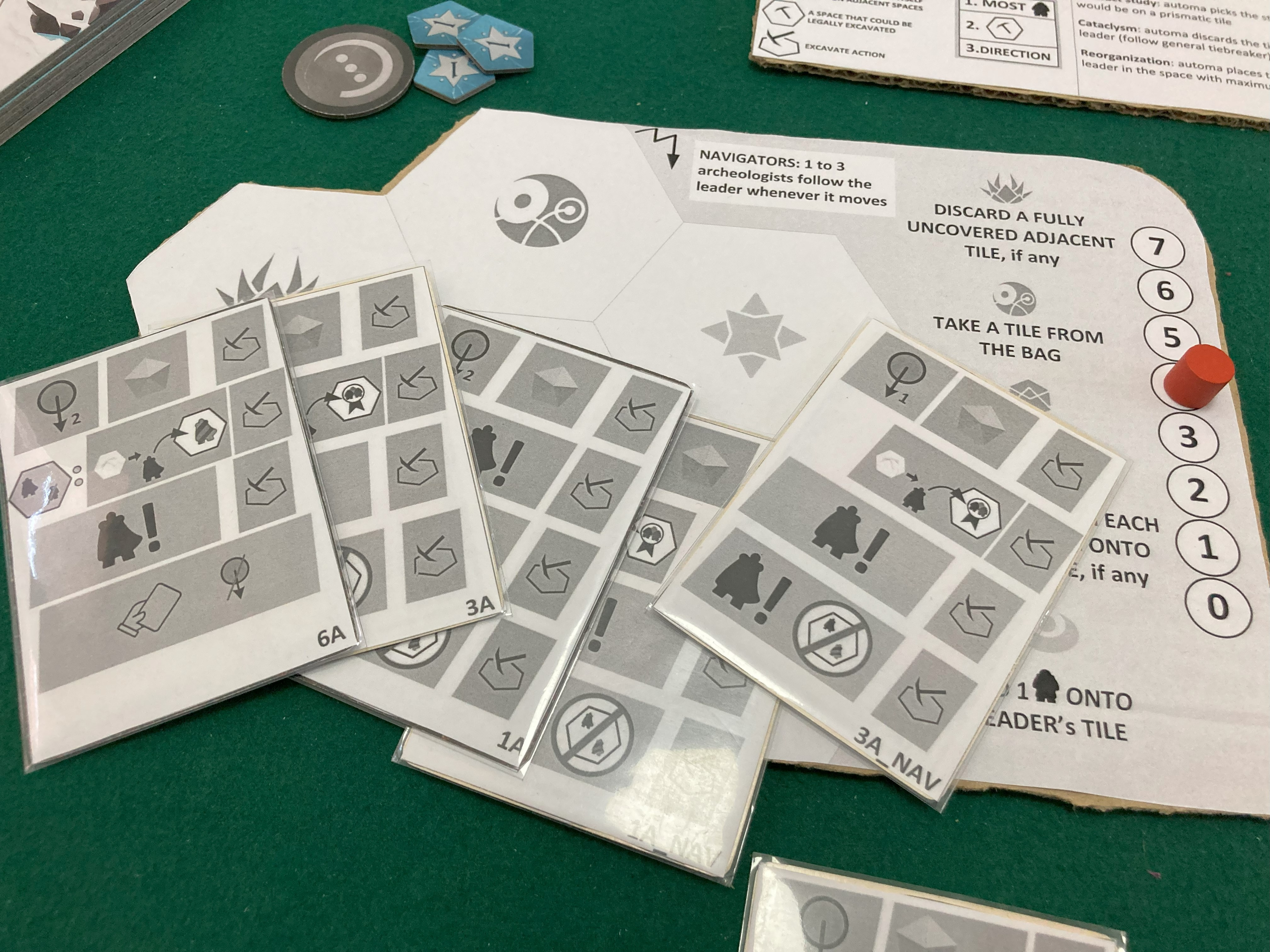
« Once the logic of the movement had been established, the mechanism of the automa had to be filled with a series of lateral mechanics, which serve to give the sensation that the automa (like you) is concentrated in the search for artifacts and in the creation of combos.
After Samson and Bragou showed me the game for the first time, I immediately imagined that the Automa should also use Snow tiles to make combos. This is one of the funnest aspects of the game and so I wanted to include it in the solo mode. »
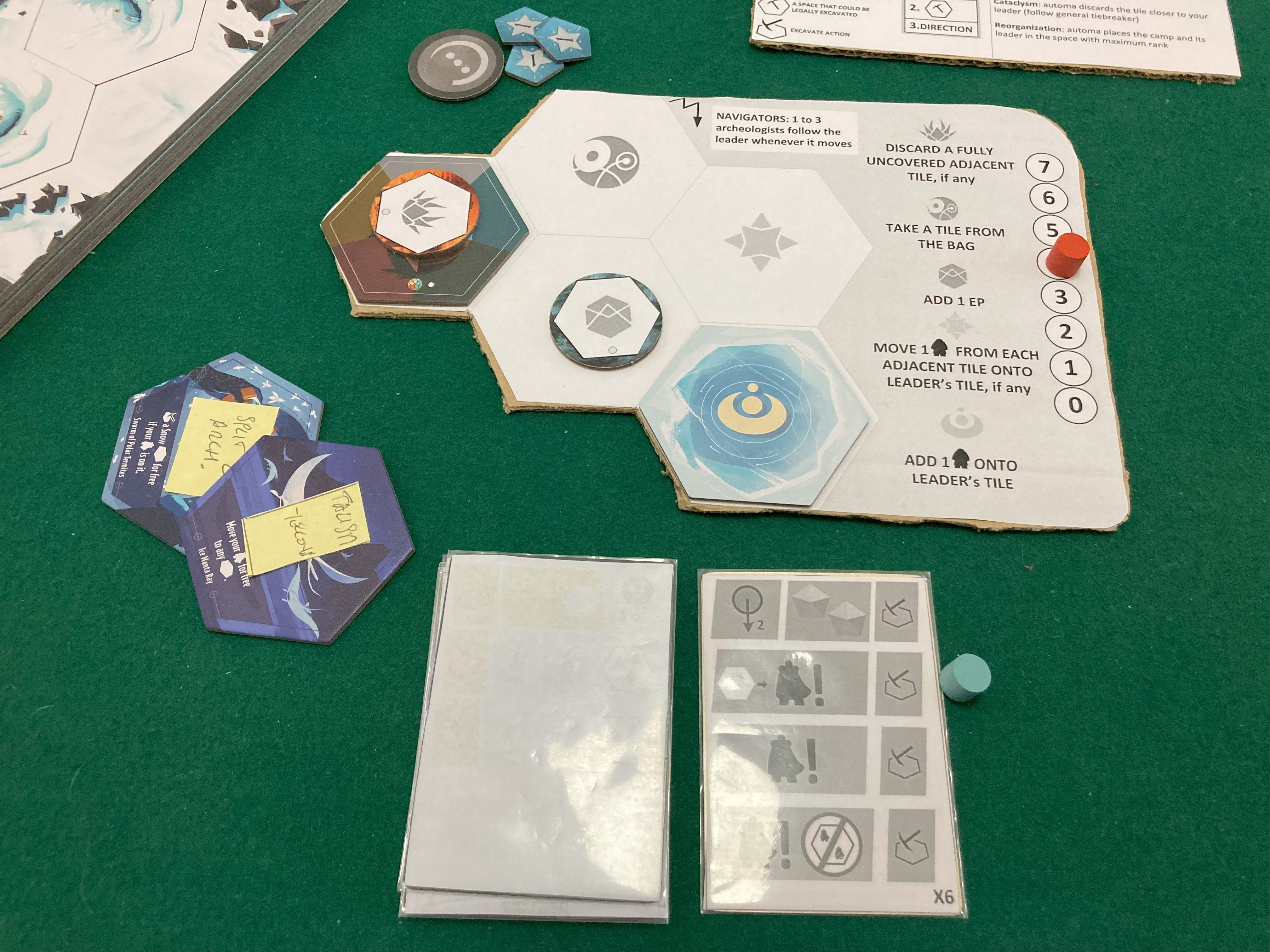
« The other aspect is the exploitation of Artifacts, which serves to accelerate the pace of the game. Since I·C·E is a game totally focused (both mechanically and thematically) on the collection of artifacts, the Automa also necessarily had to participate in the collection of Artifacts. However, I wanted to ensure that the Automa also used the powers of the Artifacts, to create a sense of pressure on the human player, who constantly fears falling behind in the race for victory.
The last aspect that characterizes the Automa is its Guild. The Automa will also play using the special ability of one of the Guilds in the game and this will encourage you to play several games to compare the powers of the various Guilds. »
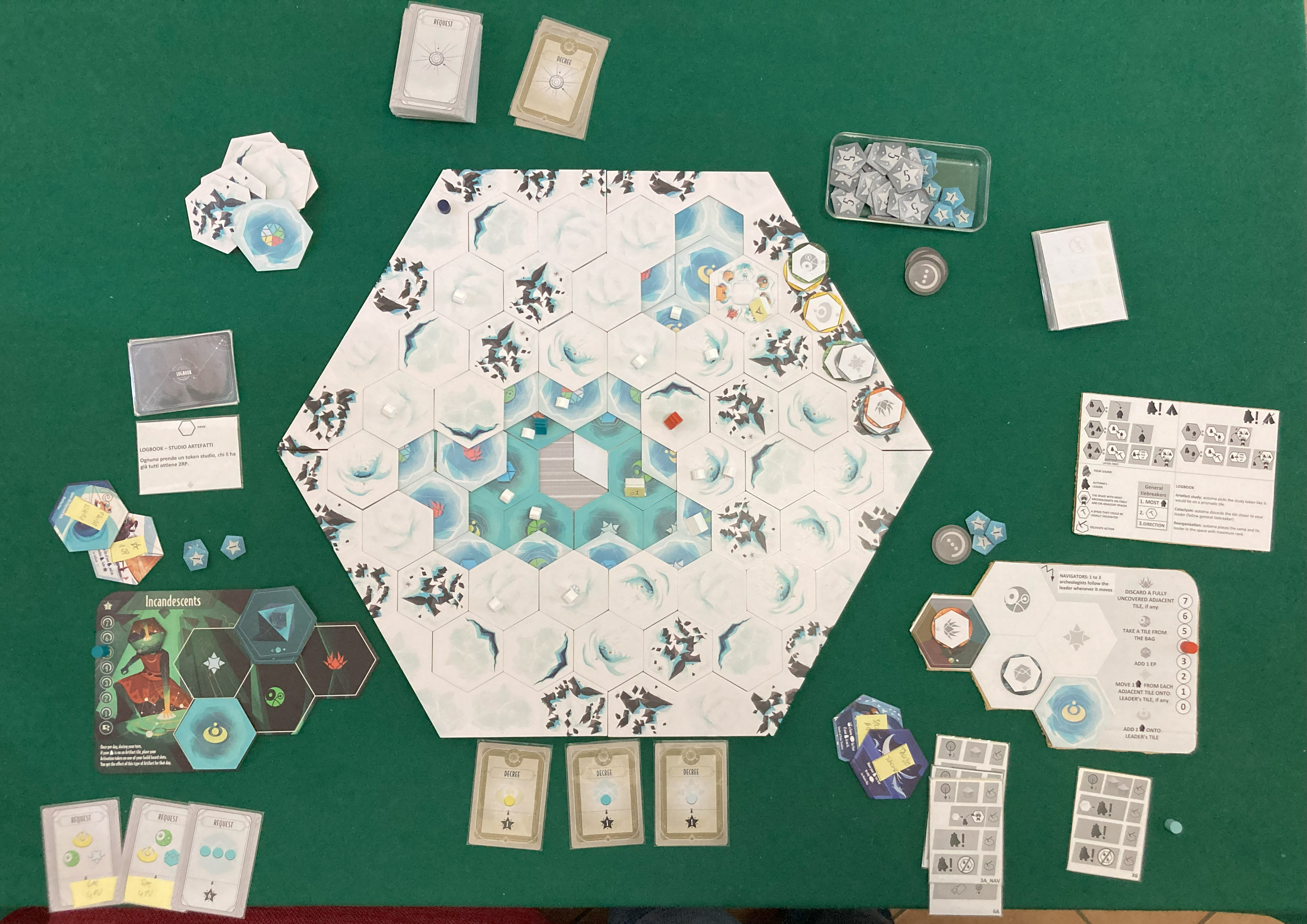
« One of the objectives that I always set myself when I begin the development of an Automa is to create a set of rules, the complexity of which is not too high and commensurate with the complexity of the base game. I think that the I·C·E Automa has achieved this objective, as the management of the Automa’s turn is very quick. A solo game lasts about 50 minutes. I hope this Automa gives you many hours of fun! »
Look for the new solo mode in the Second Edition of I·C·E, launching on Gamefound May 7th!
